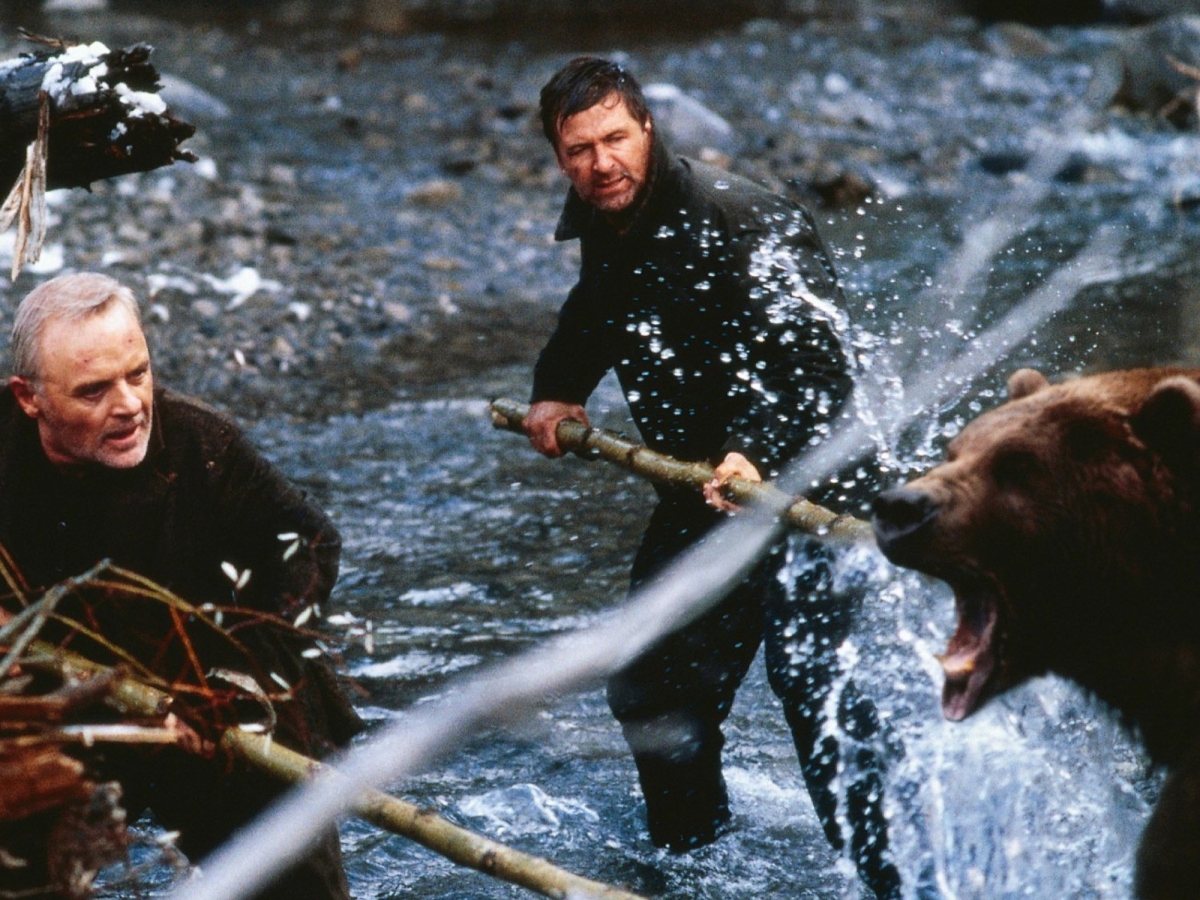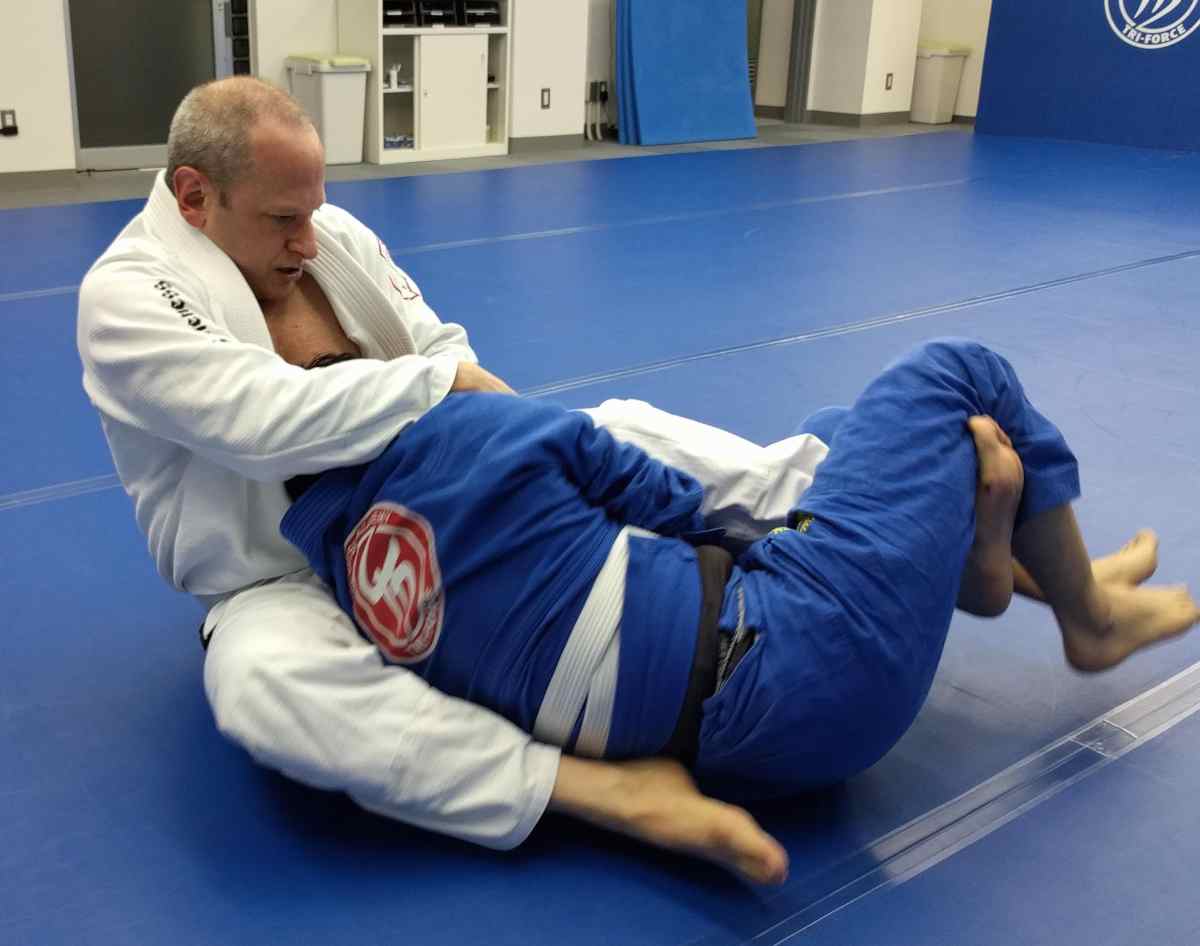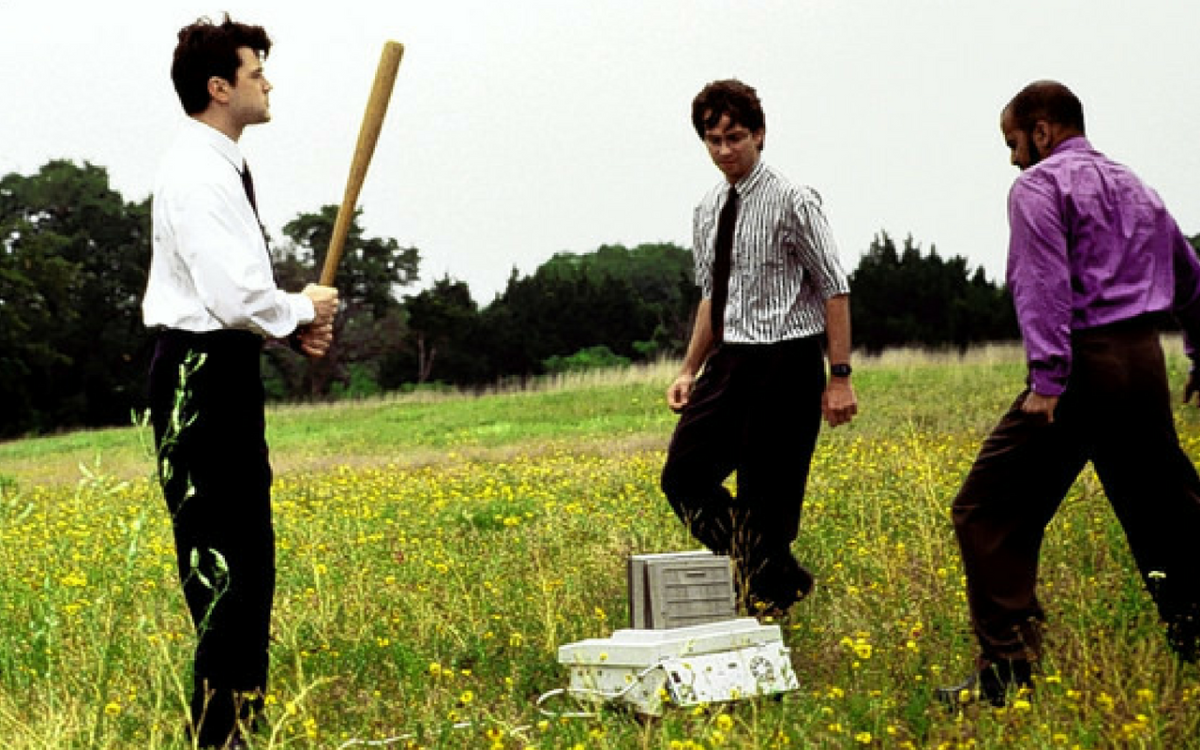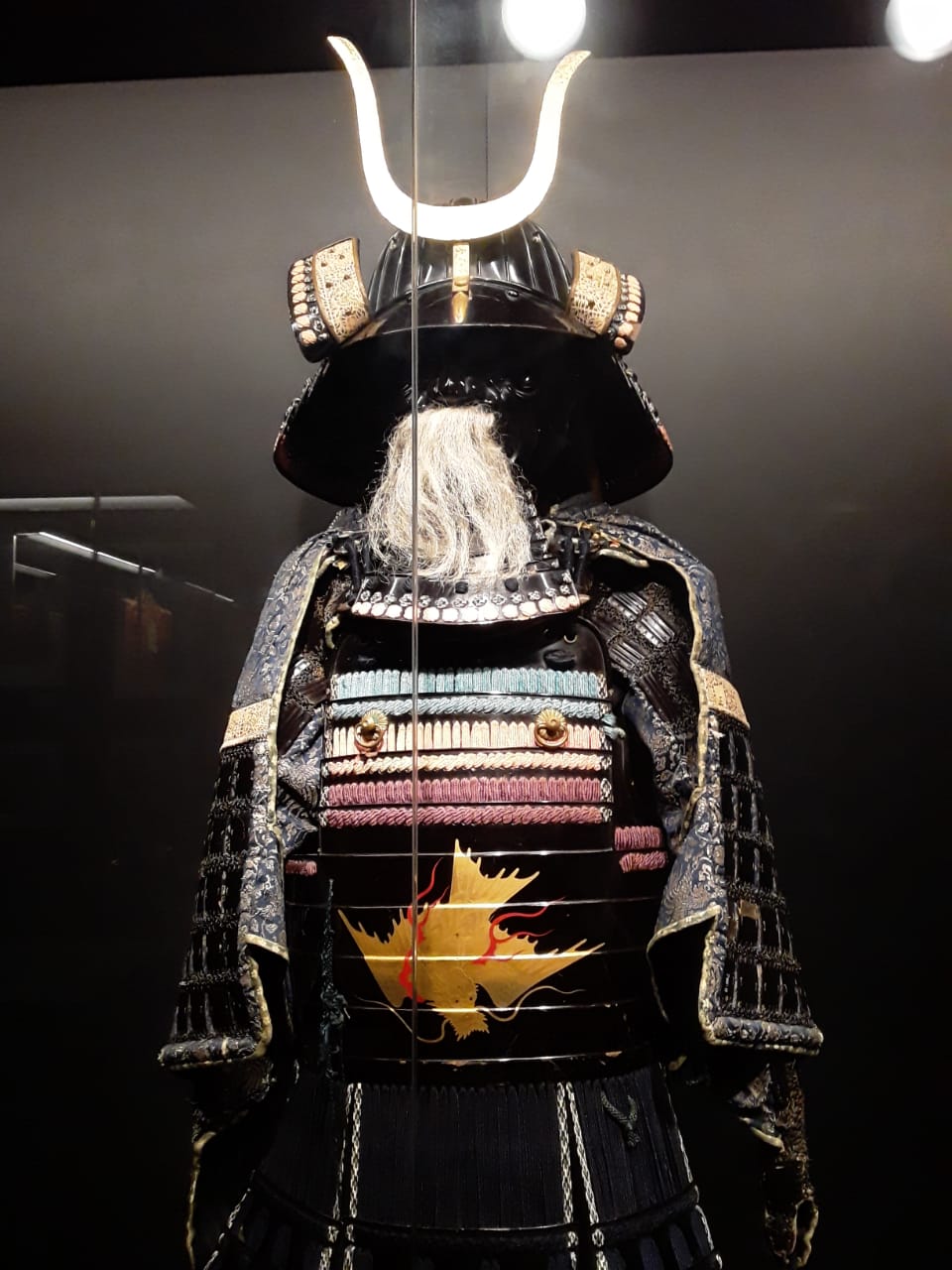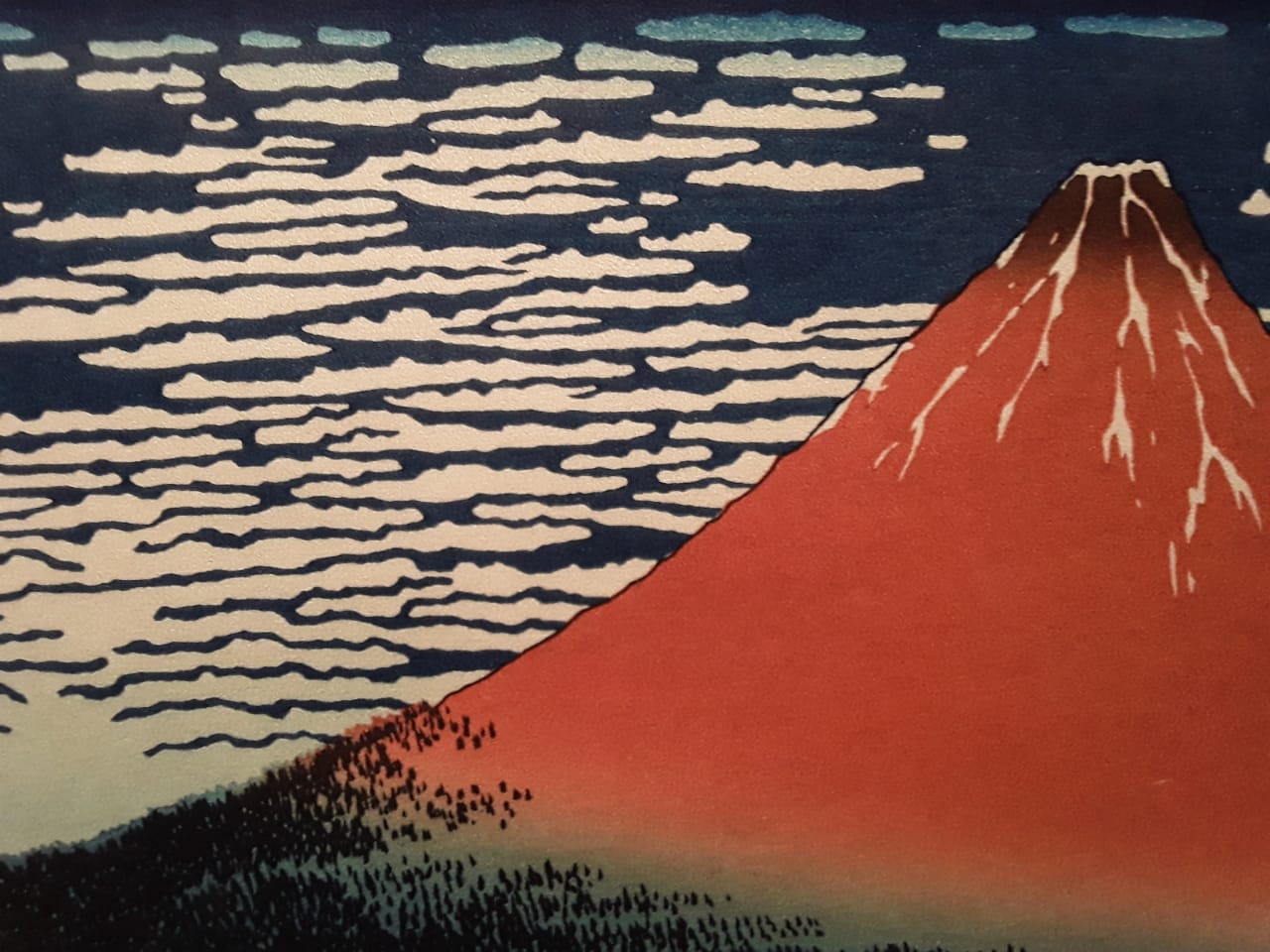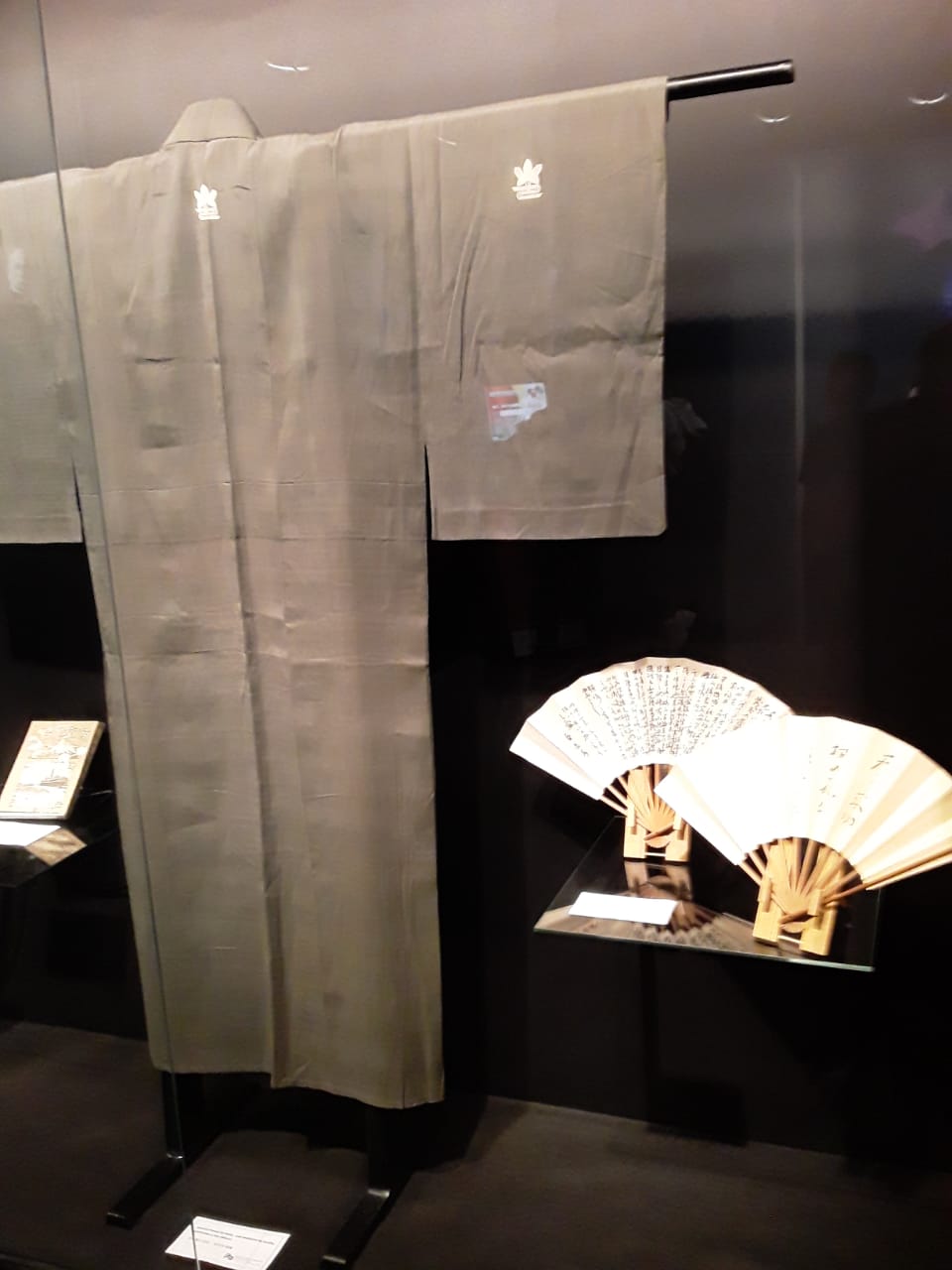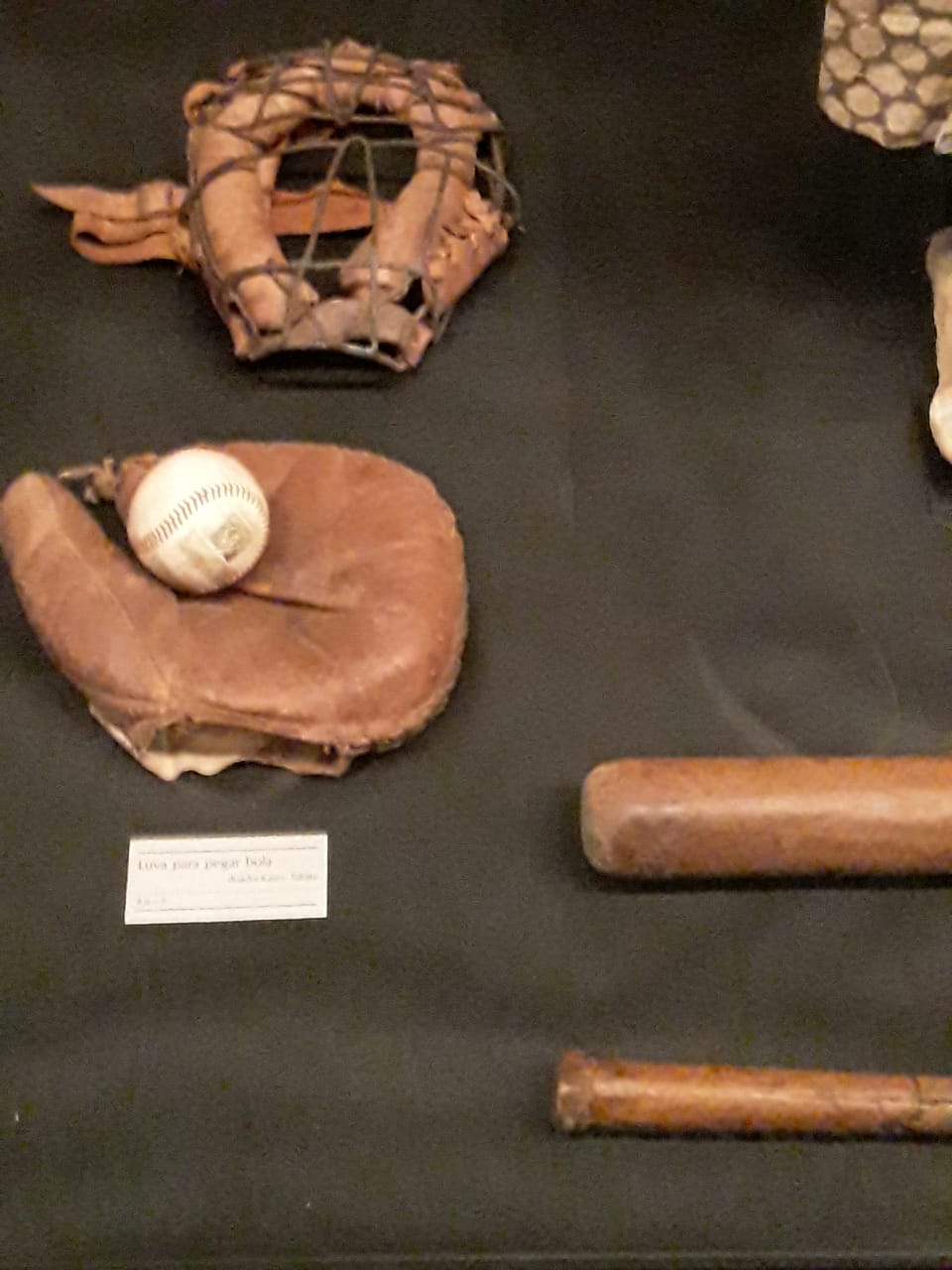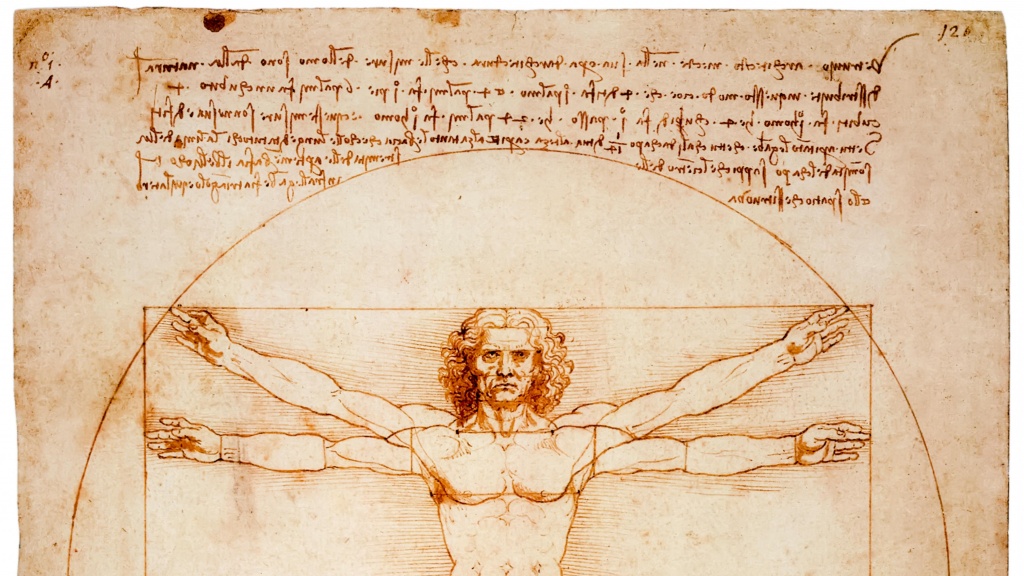https://www.youtube.com/watch?v=0cQOej9nuho
‘The Sopranos’ is one of the most highly acclaimed television shows of all-time and is not just a show about a man caught between his real family and his mafia family but also about a certain period in American life. A lot of the best scenes in the show revolve around this conflicted mobster, Tony Soprano (played brilliantly by James Gandolfini), who suffers from both innate anxiety and depression, along with his dysfunctional families who intend to drag him down if he can’t help doing it himself.
There is a particular scene early in the 1st season where we are first getting to know the character of Tony Soprano and what makes him tick. The first scene in his therapist’s office, which would be a recurring motif throughout the show, has Tony trying to pin down the roots of his depression, which is what brought him to Dr. Jennifer Melfi (Lorraine Bracco) in the first place. Tony has no idea what is causing him the blues, pontificating openly that it could be “stress, maybe?” especially as he has recently started to have panic attacks occur out of nowhere.
Dr. Melfi asks him about what could be causing the stress he is feeling? Tony isn’t sure but believes that “it’s good to be at something at the ground floor.” Now, the audience can assume what he is referring to is the La Cosa Nostra or Italian-American mafia, which is on the decline as the show first aired in 1999 and could be on its way out. However, since Dr. Melfi isn’t aware yet who Tony Soprano is and what his life in the mafia like, she assumes he means about life in suburban America in the 1990s, which had a lot of amenities including bigger houses and bigger cars with a more privacy, but for which has left many Americans feel unfulfilled.
“I came in at the end…the best is over.” While Tony may be referring to the historical arc of the Italian mafia and how it’s in irrevocable decline, the show paints it to Melfi and the audience as something deeper yet not as pronounced. Melfi replies, “Many Americans, I think, feel that way”, implying that while the country has gotten materially wealthier and more prosperous to a degree, our family and perhaps spiritual life has been on the decline for quite some time and perhaps has led to a moral decline.
While Tony was inferred to be talking about the mafia and how he is now boss of his Soprano crime family unlike his father who never ‘reached the heights like him’ or wasn’t as successful materially in terms of his life in the suburbs, Tony still feels unfulfilled by his success.
While his father wasn’t as successful in the mafia life, he still passed it down to his son, but in those days, Tony feels as many Americans would relate to that there was more pride and togetherness in their communities among families of different backgrounds. In the atomized suburbs, it’s harder to connect with those in your family or to form as tight of cultural or religious or social bonds with people of your background.
“But in a lot of ways, he had it better. He (Tony’s father) had it better. He had his people. They had their standards. Their pride. Now, today, what do we got?” The scene also demonstrates that this was filmed in 1999, just at the turn to the 21st century, before 9/11 happened, the 2008 financial crisis, the election of Donald Trump as President, and the COVID-19 pandemic. Even on the cusp of 2000, the show demonstrates that not all was rosy in America and there was a sense of dissatisfaction back then with where the country was headed and that the ’best days may be behind us’ in more ways than one.
While the focus is on the decline of mob life in this scene and in the show, which does so consistently over six brilliant seasons, it also highlights a parallel loss of faith and trust in American institutions as well as the rise of greed, malaise, and apathy in our cultural attitudes, and a sense that maybe American decline is our future. While the scene is not overtly political, you have Tony reading the Newark Star-Ledger, a New Jersey daily paper, indicating that “President Clinton warns of Medicare going bust in Year 2000.”
The front-page newspaper headline tells you that even back then in 1999, there were worries about our institutions eroding, the promises meant to be kept at danger of being broken after many decades of effort, and the average middle-aged suburbanite feeling unsatisfied about the prospect of a dimmer future, especially for his or her children. While Tony’s parents were better off because of their closer family and community ties in the big city or the exurbs nearby, he was not able to say the same about his suburban life. Even at a time where his generation were able to still have had a better life materially and perhaps financially than their parents, would their children be worse off in both ways if the decline is to pass, both financially and spiritually?
Twenty-two years later since this scene first aired on HBO, it is interesting to look back at Tony’s anxieties as being prophetic rather than misplaced. Younger Americans of my generation and the generation behind me look at it reasonably and think that Tony Soprano, despite his crimes and misdeeds and his Mafia boss life, may have had one thing right: “I came in at the end, the best is over…” Now, the question remains, how do we deal with it as a country and as a people?




